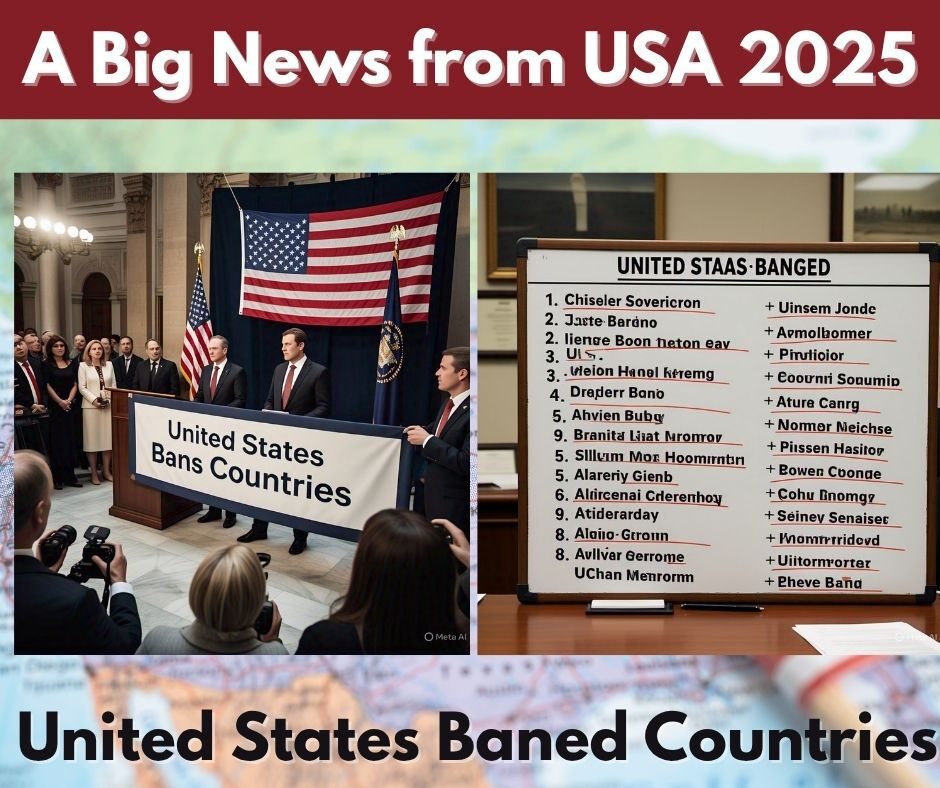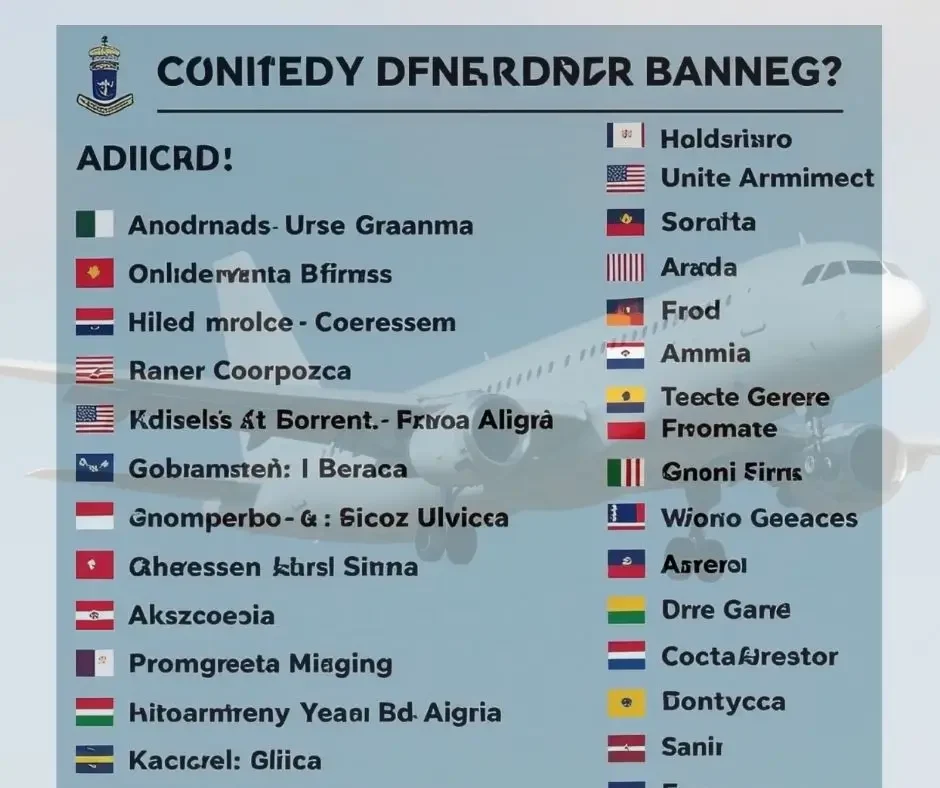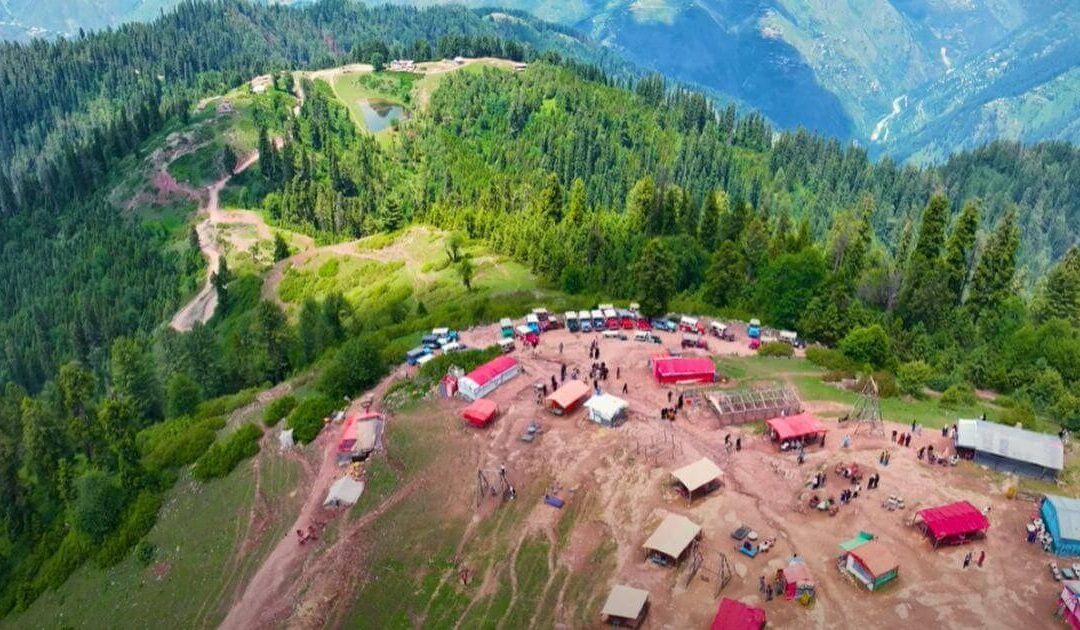The United States government, under the leadership of President Donald Trump, has issued a new executive order that significantly restricts travel from 19 countries. This latest policy, set to take effect on June 9, 2025, is a continuation of national security strategies that were first implemented during Trump’s initial term in office. While officials argue the ban is necessary to protect the nation from potential security threats, the move has sparked widespread concern, particularly among travelers, immigrant communities, and international human rights organizations. US Travel Ban of 2025 will affect the countries in different ways specially the image of the country in the international market.
This detailed guide breaks down the key components of the travel ban, including which countries are affected, the exemptions that apply, and what global travelers need to know moving forward.
The beauty of United States is un believable you can see this post USA Travel Places.
The Scope of the Ban: Who Is Affected?
The proclamation targets 19 countries, dividing them into two categories: those under full travel restrictions and those facing partial limitations.
1. Countries Under a Full Ban
Nationals from the following 12 countries are barred from receiving new U.S. visas—including tourist (B1/B2), student (F, M), exchange visitor (J), and most immigrant visas. Entry into the United States from these nations will not be allowed unless specific exemptions apply:
- Afghanistan
- Chad
- Democratic Republic of the Congo
- Equatorial Guinea
- Eritrea
- Haiti
- Iran
- Libya
- Myanmar
- Somalia
- Sudan
- Yemen
These restrictions mean that travelers from the listed countries will be denied entry even if they were planning short-term stays or educational programs unless they already possess valid documentation issued before the ban.
2. Countries Under a Partial Ban

Seven additional countries face partial restrictions. While not entirely excluded, their citizens are restricted from certain visa categories, particularly non-immigrant visas such as tourist and business visas (B1/B2), student and exchange visas (F, M, J), and most immigrant visas:
- Burundi
- Cuba
- Laos
- Sierra Leone
- Togo
- Turkmenistan
- Venezuela
For some of these countries, the travel ban targets only specific groups—for example, government officials or certain classes of travelers—rather than the entire population. However, the consequences remain severe, especially for those planning family visits, educational travel, or emigration.
The Government’s Justification
The administration defends this policy as a national security measure. According to U.S. officials, the countries listed were either unwilling or unable to comply with American standards for sharing information, identity verification, or immigration vetting. High visa overstay rates and inadequate passport control systems also played a role in the designation.
Officials pointed to recent security concerns as a catalyst for reintroducing the travel ban. A specific incident cited involved an attack in Boulder, Colorado, though the suspect was reportedly from a country not included in the new list. Critics argue this disconnect undermines the rationale behind the ban and points to broader geopolitical motivations rather than evidence-based threats.
Key Exemptions and Exceptions
While the ban is comprehensive, several important exemptions exist. Not all travelers from the affected countries are equally impacted. Exceptions include:
- U.S. lawful permanent residents (Green Card holders) from the listed countries.
- Dual nationals who hold passports from both a banned and a non-banned country and are traveling with the latter.
- Travelers with valid visas issued prior to June 9, 2025.
- Diplomatic or official U.S. visa holders, including international organization employees.
- Special Immigrant Visa (SIV) holders from Afghanistan, such as interpreters and allies of U.S. forces.
- Iranians granted asylum or refugee status due to religious persecution, including minority groups.
- Athletes, sports officials, and families participating in high-profile events like the FIFA World Cup 2026 or the Los Angeles 2028 Olympics may receive temporary waivers.
Additionally, case-by-case waivers may be granted for:
- Immediate relatives of U.S. citizens.
- Individuals seeking urgent medical treatment in the U.S.
- Children adopted by U.S. families.
- Witnesses or participants in court proceedings.
- Travelers with substantial ties to the U.S. whose entry is deemed in the “national interest.”
These exceptions reflect an attempt to balance national security with humanitarian and diplomatic concerns, although the process for obtaining such waivers remains complicated and time-consuming.
How Will This Affect Global Travel?
For many travelers—especially from regions such as the Middle East, Sub-Saharan Africa, and Southeast Asia—the U.S. may become increasingly difficult to access. This not only disrupts tourism but also education, business ties, and international collaboration.
International students from affected nations, for instance, will find it harder to apply to American universities, while families planning reunification or adoption processes face additional delays or rejections. Tour operators, airlines, and global hospitality services may also experience a ripple effect as travel routes and demand fluctuate.
From a diplomatic perspective, the ban has strained relationships with several countries. African Union leaders have criticized the measure as discriminatory and counterproductive. Human rights organizations argue that such broad restrictions rarely achieve stated security objectives and instead punish ordinary civilians.

Historical Context and Political Implications
This policy is reminiscent of the 2017 travel ban that affected predominantly Muslim-majority countries. That version, too, faced legal challenges and international backlash but was ultimately upheld by the U.S. Supreme Court.
The 2025 version goes further in scope and diversity, targeting not just religious lines but also countries based on infrastructure shortcomings, passport control weaknesses, and overstay statistics. This broader justification makes the ban harder to challenge legally, but not necessarily less controversial.
As the 2026 presidential election approaches, immigration and national security are once again emerging as central campaign issues. The travel ban is likely to serve as a touchstone for broader debates about America’s role in the world, its border policies, and how it defines “security.”
What Travelers Should Do Now
If you are from one of the affected countries or planning to host someone who is, here are a few practical steps:
- Check visa status immediately: Travelers should confirm whether their existing visas are still valid post-June 9.
- Consult with immigration lawyers: Legal advice can help in assessing whether any exemptions apply.
- Avoid non-essential travel: Until the rules are fully implemented and clarified, it may be wise to delay discretionary travel.
- Stay updated: Government websites, embassy announcements, and reliable travel blogs like Trips Nomad Adventure will post new developments as they occur.
- Advocate and inform: Share reliable information in your networks to reduce misinformation and fear.
Final Thoughts
The U.S. travel ban of 2025 is one of the most expansive in recent memory, affecting nearly 10% of the world’s nations. While the administration presents the move as a matter of national security, critics argue it reflects a deeper political agenda with wide-reaching human consequences.
As always, Trips Nomad Adventure recommends staying informed, planning ahead, and consulting professionals when facing complex international travel scenarios. This policy shift reminds us how quickly geopolitical changes can affect our global mobility and why travelers must remain both agile and aware.







0 Comments